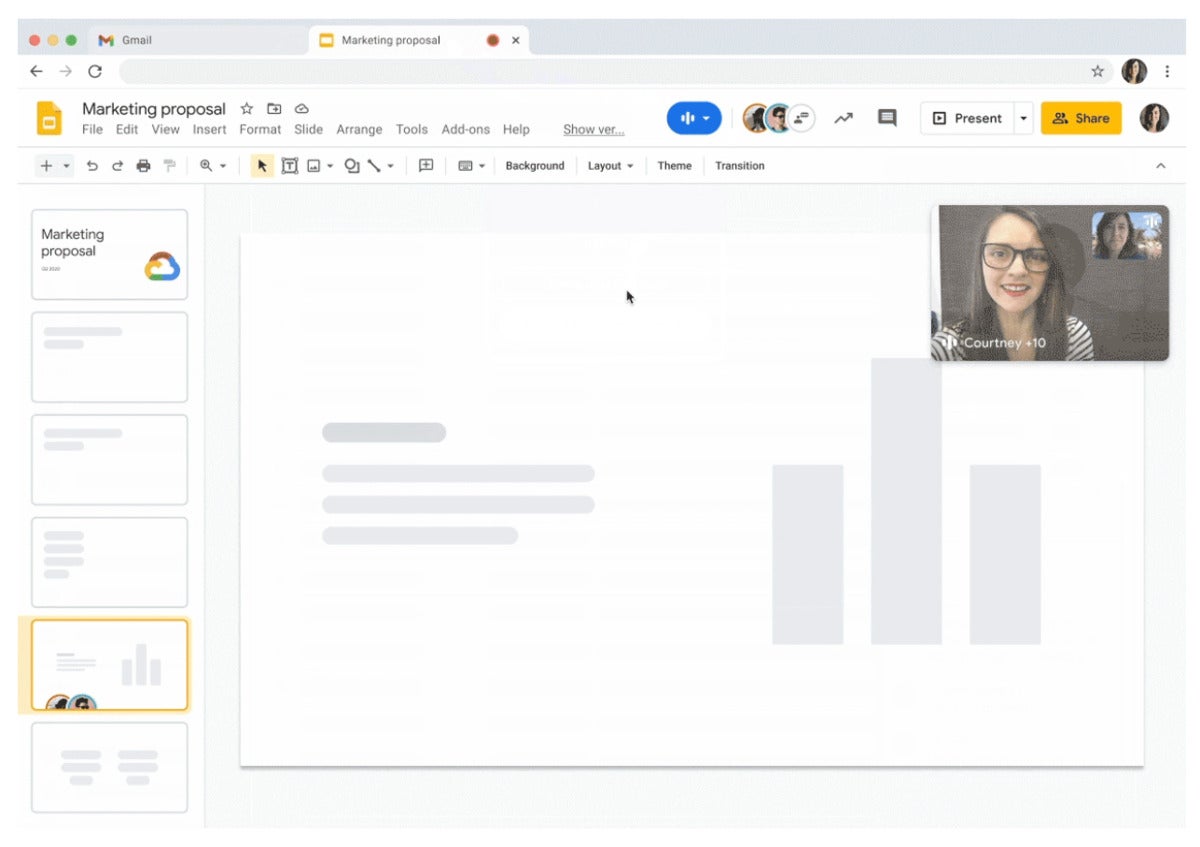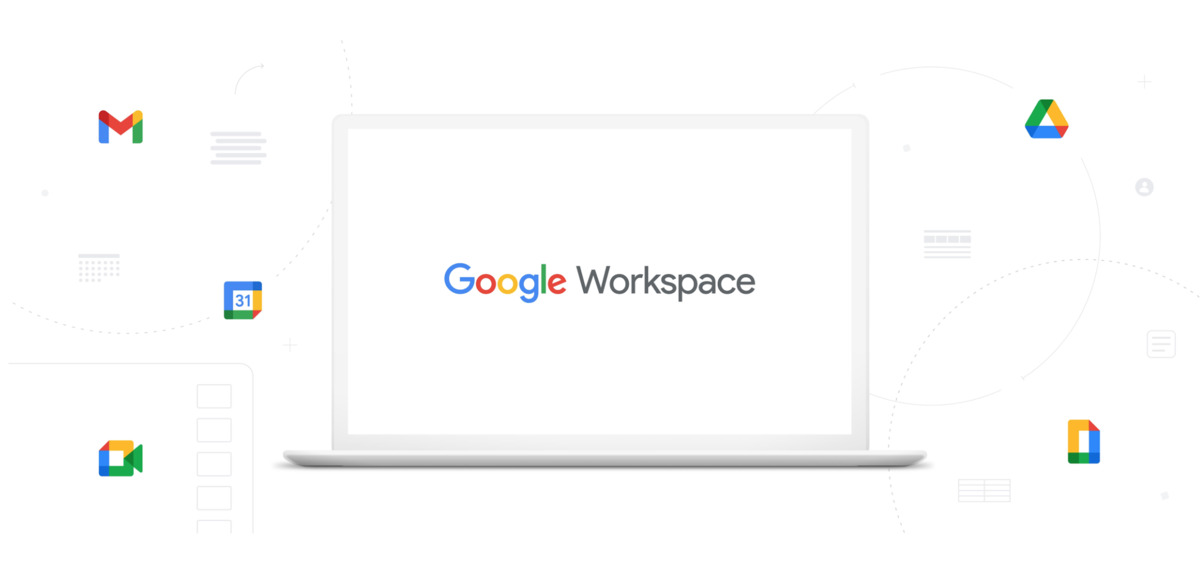Four years after the launch of G Suite, Google is updating its productivity and collaboration app portfolio with new features, branding and a premium business payment plan.
Google’s G Suite is getting a new name — Workspace — as the company looks to position the software as a hub for remote teamwork and tolls out several feature upgrades and a new payment tier. Workspace includes a variety of apps, including Gmail, Calendar, Drive, Docs, Sheets, Slides, Meet and others.
As of April, Google Workspace had 6 million paid business customers. That was same month the company claimed to be adding 3 million new individual users to its Meet video platform daily as a result of the pandemic-led rise in home working.
The rebranding of the four-year-old G Suite follows Google’s recent moves to unify its various productivity and communication apps into a single integrated interface for email, chat, video, voice and content management. The new interface, announced in July, is now generally available to paid Workspace customers, and will be rolled out to consumer and education uses in the “coming months,” Google said.
“The rebranding marks a milestone reflecting how Google has streamlined its portfolio over the past two years, bringing together products that were previously loosely integrated into a tightly unified suite,” said Raul Castanon, senior analyst at 451 Research / S&P Global Market Intelligence.
The name-change — along with the introduction of new color icons for Gmail, Drive, Calendar and Meet apps — plays into Google’s vision for Workspace as a hub for teams, according to Javier Soltero, Google vice president and head of Workspace.
“Our new Google Workspace brand reflects this more connected, helpful, and flexible experience, and our icons will reflect the same,” Soltero said in a blog post on Tuesday.
The company also unveiled a change to Workspace pricing. In addition to the existing Business Starter ($6 per user/month), Business Standard ($12 per user/month) and Enterprise (pricing on request) levels, a Business Plus tier has been introduced. At $18 per user/month, this includes various upgrades over the Standard tier, such as enhanced security and management, more storage per user, and an increase to the maximum number of video meeting participants.
The change brings Workspace more closely in line with Microsoft 365, which also offers a premium business tier at $20 per user/month alongside its Basic ($5 per user/month) and Standard ($12.50 per user/month) payment plans for business users.
Google also highlighted some features coming to Workspace, including the ability to create documents directly from within Chat rooms. That allows coworkers to collaborate more easily on Docs, Sheets and Slides without switching screens; it will be made available in the coming weeks, Google said.
Linked previews containing details of content in another app are available today, while “smart chips” — pop-ups that suggest actions when a user @mentions a colleague — will begin to roll out to users today.
Also in the works is Meet “picture-in-picture,” a feature first announced in July that brings video chat windows into Docs, Sheets and Slides. That will roll out “in the coming months.”
 Google
GoogleThe updates to Google’s suite of apps can help the company in its push to gain market share from Microsoft, as well as fend off competition from rival vendors offering more targeted software and apps, said Castanon.
“Revamping its product suite should strengthen Google’s position against key rivals Zoom, Slack and Microsoft Teams — it is probably not a coincidence that the announcement comes 24 hours before the start of Slack’s annual user conference,” he said.
“The relaunch also reflects the shift from ‘best of breed’ to unified suites with products that build on each other to create synergies.”
This article originally appeared on ComputerWorld.

